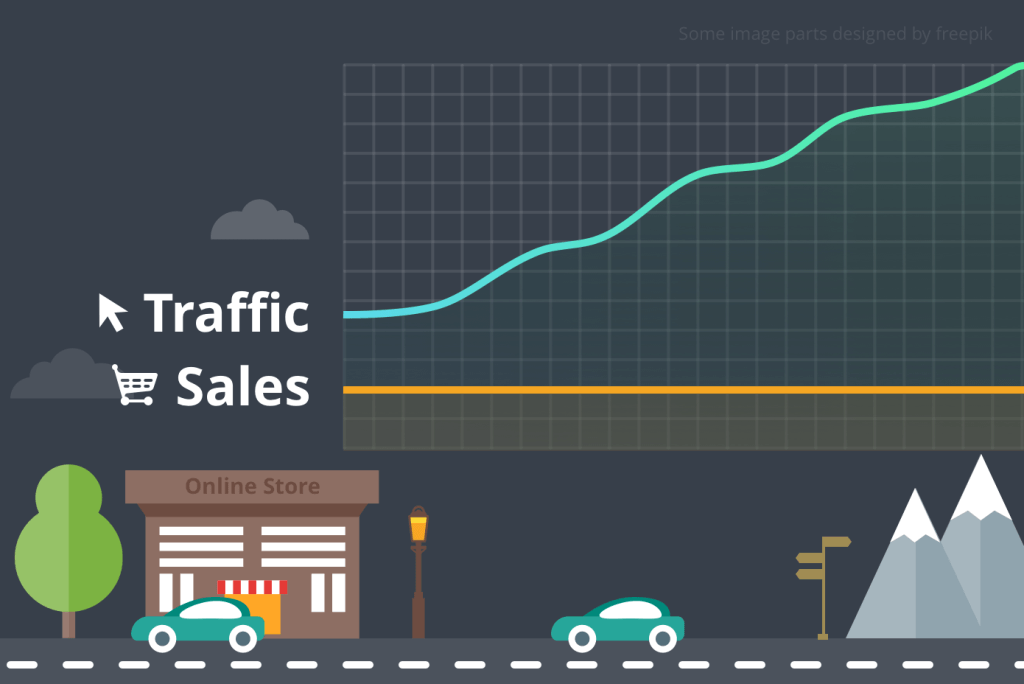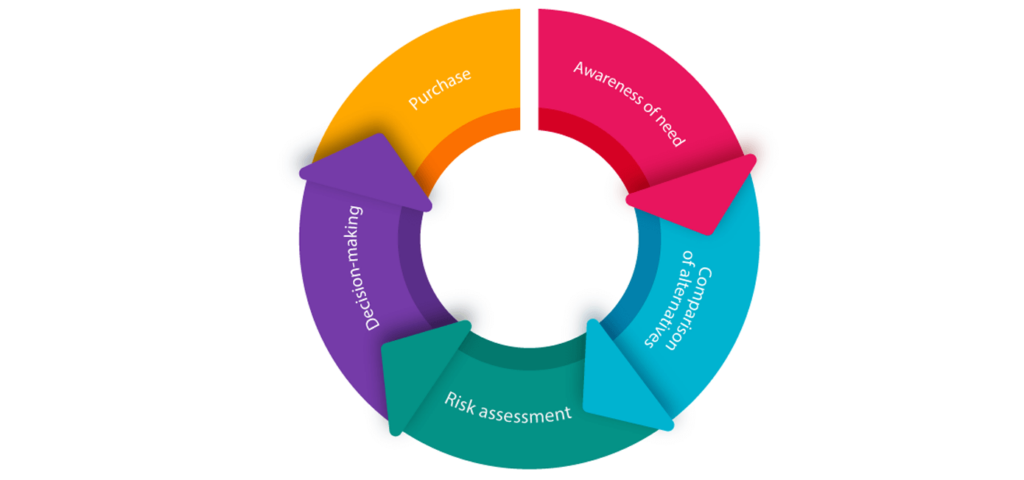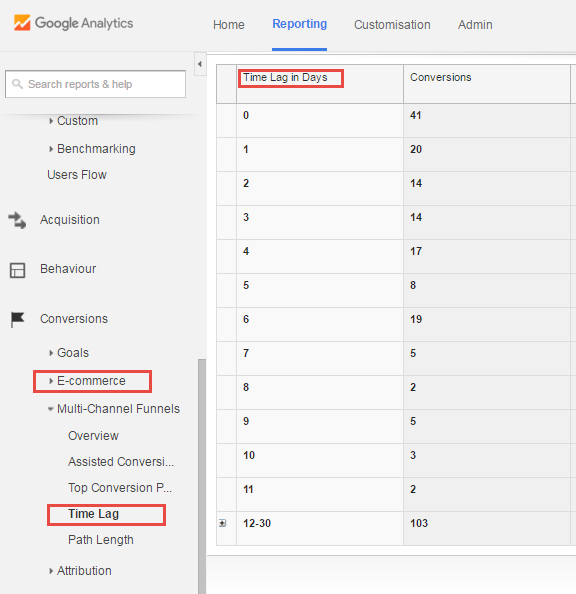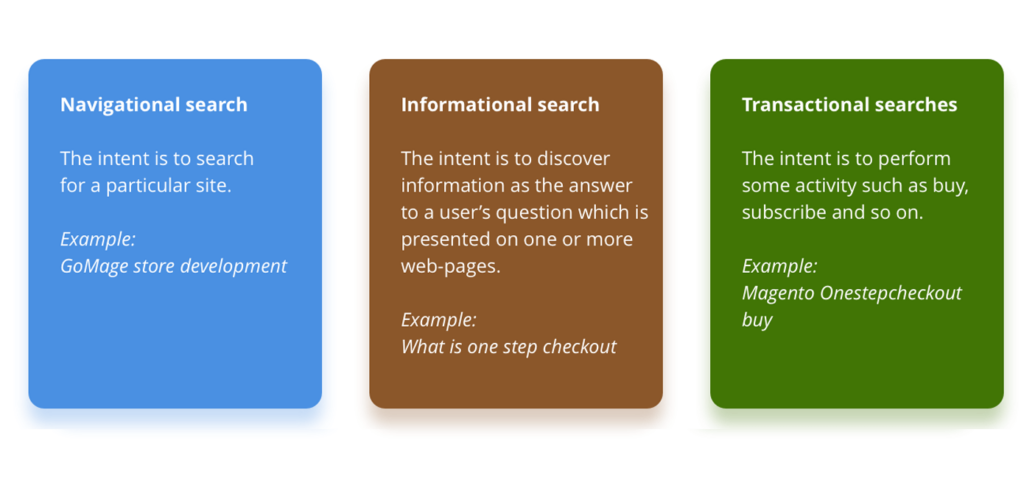Nowadays SEO is so popular and many merchants are determined to increase traffic to their websites. Moreover, there is an opinion that increased traffic means that more users purchase products from their store. But it can be fundamentally wrong.
Why? Sometimes visitors don’t make purchases. Here’s what you need to know to stay in the winning seat of success.
When Online Selling Fails To Increase ROI
There are many natural reasons why people visit an online store and leave it without making a purchase. Below we analyze 3 main hints you need to consider in order to understand why people don’t buy.
Hint 1. The stage of the cycle of decision-making process
People need time to make a decision concerning their purchases. Here are the stages that buyers typically go through.
The chart above shows that different visitors can be at different stages of a decision-making process during the online selling process and usually they go through each stage individually. It can take one hour, one day, several days or even months. So, it is clear that some users don’t make purchases because they are not at the final stage of the decision-making process.
It doesn’t necessarily mean that something is wrong.
In Google Analytics there is an overview where you can see how long the decision-making process can be. For this, go to your Google Analytics account and open Conversions – Multi-Channel Funnels – Time Lag.
The Time Lag overview calculates how many days have passed from the first visit to the website to the real conversion. It is also very useful to compare this overview with the Ecommerce > Time to Purchase option. To understand the difference read more information here.
Hint 2. Not all search requests lead to Online Selling Opportunities
As was mentioned above, a lot of merchants have a strong idea concerning the increase in traffic. SEO specialists and copywriters begin to achieve the goal, the traffic is increasing … The KPI is good but sales are unchanged.
To understand this situation better, let’s consider the chart below which shows 3 types of search requests:
Each search request has its own details.
Usually, a lot of informational requests are generated because of content marketing efforts. Useful articles give answers to different questions and people search for this information, but not for a certain product. So, such requests are not able to drive a lot of buyers. And there is nothing wrong in this situation.
According to the decision-making process, it can be a stage of “Comparison of Alternatives” or “Risk Assessment”, so the site content should be helpful, present the products from different perspectives and answer all possible users’ questions. It is clear that such visitors can purchase later.
So, to have more traffic is a good idea. But it does not guarantee immediate sales.
In the case of the navigation request, a user tries to find a certain site or certain company to make a purchase there. It also can be a stage of “Comparison of Alternatives” where the user evaluates different companies to make a decision where to buy.
The transactional requests are most valuable for online store owners. These users know what they need and are ready to buy right now. If the online store operates without any problems or bugs the conversion rate of such requests is very high.
Hint 3. Most of the search requests are informative
When you try to evaluate the abandoned cart rate in your online store, remember the following statistics:
- About 80% of all search requests are informational and non-transaction-oriented. So you can see that most of the users are not ready to make purchases right now. They can visit the site several times, ask questions in online chat and even add products to cart, but buy nothing.
- About 10% of all search requests are navigational. Such users search for a certain website, company and are very close to purchase. They have clear criteria and still investigate to make their right choice.
- Only 10% of all search requests are transactional and lead to purchasing immediately.
In conclusion, it is important to add that users who buy nothing are still valuable for your online store. Only they can give you a hint of what does not work and what needs to be improved. They encourage you to develop your e-commerce business. So, pay attention to all your clients, analyze all information you have and you will know how to increase your sales.
The source that was used to prepare the article.







